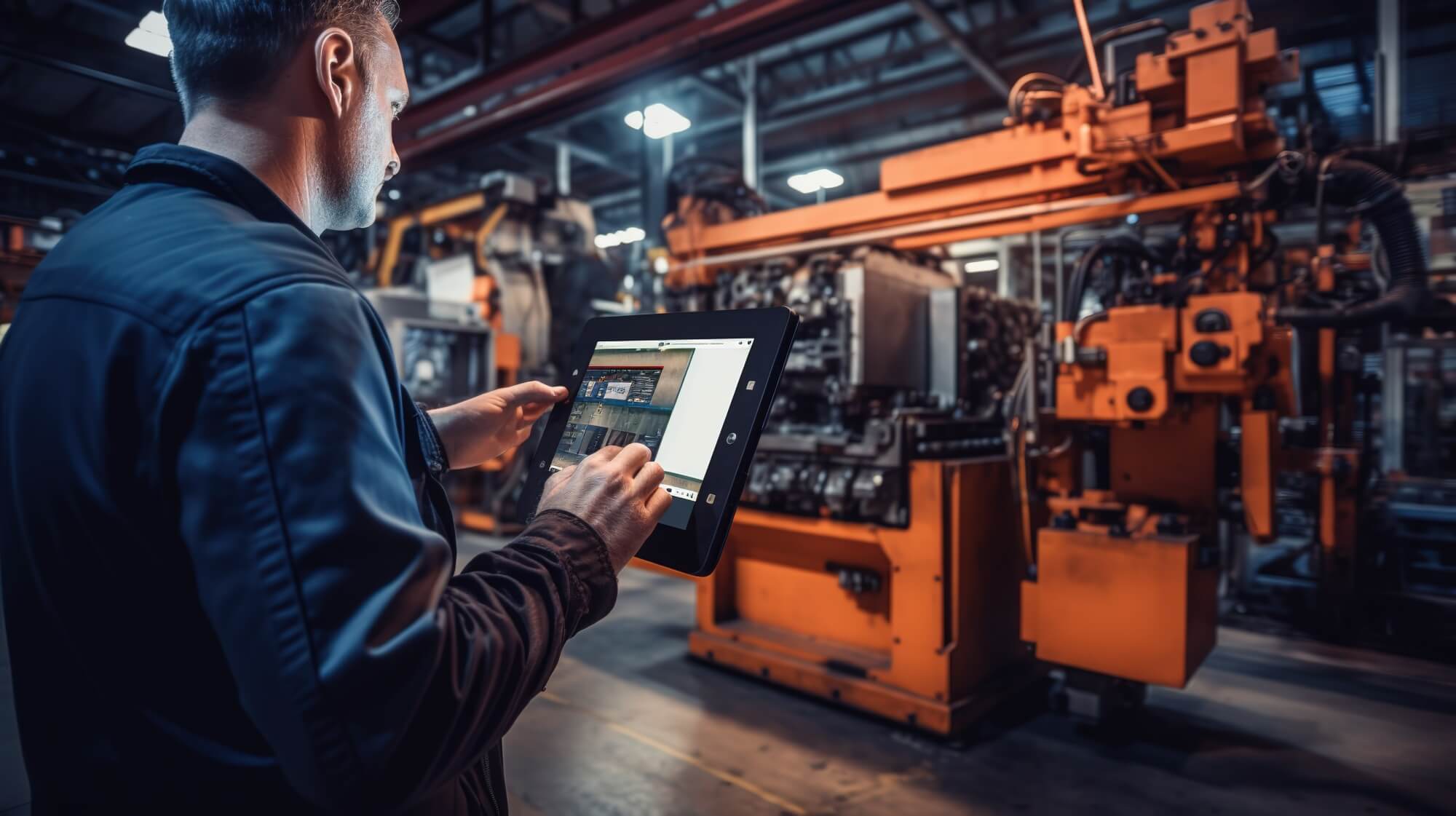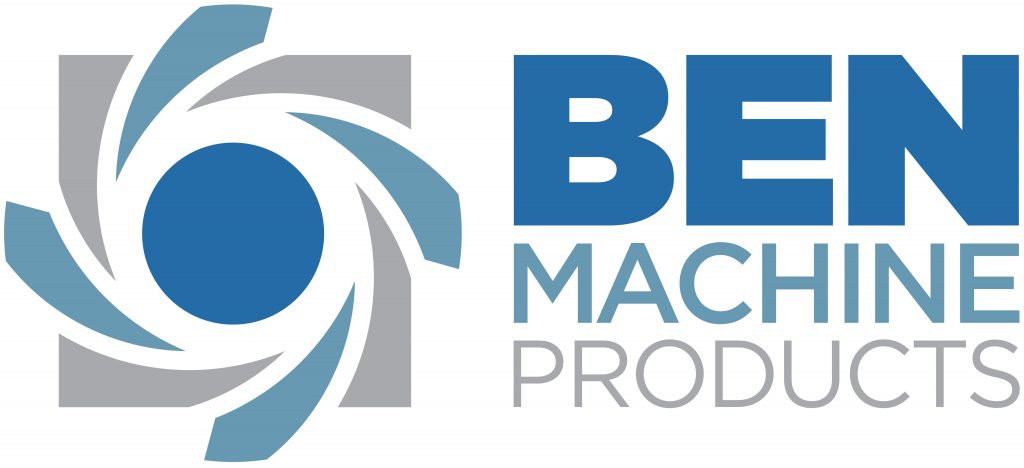
CNC machining has come a long way since its introduction in the mid-20th century. What started as a way to automate milling and turning has evolved into an indispensable tool for modern manufacturing. Today’s CNC machines are more advanced, precise, and connected than ever before. They produce intricate parts with tight tolerances and play a vital role in industries such as aerospace, defence, medical technology, and automotive manufacturing.
As machines have become more complex, so too have the challenges of keeping them running at peak performance. Traditional approaches to maintenance—such as waiting for something to break before fixing it—are no longer sufficient in today’s competitive environment. Unexpected downtime, production delays, and costly repairs are not an option when customers expect consistent quality and on-time delivery.
This is where predictive maintenance (PdM) for CNC machining comes into play. With the help of advanced technologies such as the Internet of Things (IoT), artificial intelligence (AI), and data analytics, predictive maintenance programs for manufacturing enable these companies to anticipate equipment issues before they cause disruptions. Instead of reacting to failures, companies can plan interventions at the optimal time, saving money and ensuring uninterrupted operations.
The benefits of predictive maintenance are apparent: improved efficiency, reduced downtime, extended machine life, and lower costs. In the sections that follow, we’ll look at why predictive maintenance has become so important, the advantages it offers to CNC machining clients, and how companies like Ben Machine are leveraging this strategy to stay ahead.
The Necessity of Predictive Maintenance for CNC Machining
When it comes to CNC machining, predictive maintenance utilizes advanced data analytical tools and processes to identify potential problems before they occur. This marks a significant shift from traditional maintenance approaches. For decades, most manufacturers relied on reactive maintenance: waiting until equipment broke down before addressing the problem.
The drawbacks of reactive maintenance are all too familiar:
- Unplanned downtime halts production lines and throws off delivery schedules.
- Costly repairs arise when minor issues escalate into major failures.
- Production delays impact customer satisfaction and erode trust.
In an industry where precision and timeliness are critical, these disruptions can quickly lead to lost contracts or damaged relationships with clients.
Predictive maintenance takes a proactive approach. By collecting real-time data from CNC machines and applying advanced analytics, it helps forecast potential failures before they occur, improving accuracy as more data is collected and models are refined. This feature allows maintenance teams to act early, addressing issues during scheduled downtimes rather than waiting for a breakdown.
AI and machine learning are also increasingly part of the picture. These technologies analyze patterns in equipment performance data, such as vibration, temperature, and tool wear, to predict when a component is likely to fail. By continuously refining predictions, AI-powered systems assist in scheduling maintenance tasks by providing data-driven recommendations to maintenance teams.
For CNC operations, where tight tolerances and consistent production runs are the norm, this proactive strategy is not just beneficial—it’s becoming essential. Predictive maintenance addresses the real-world challenges of modern machining by keeping equipment reliable, improving throughput, and reducing the risks that come with unexpected downtime.
Predictive Maintenance Benefits for CNC Machining Clients
The implementation of predictive maintenance doesn’t just benefit the machine shop—it also provides significant advantages to clients who rely on precision CNC machining services.
First and foremost, predictive maintenance helps minimize downtime. When machines are running reliably, projects stay on schedule. This dependability means parts are delivered on time, helping buyers and design engineers plan with confidence. For clients working on complex assemblies or time-sensitive programs, the ability to rely on consistent production timelines is a significant advantage.
Cost savings are another clear benefit. Predictive maintenance reduces the need for emergency repairs, which are typically more expensive and disruptive than planned interventions. It also extends the lifespan of equipment, ensuring a company can use its machines longer before requiring replacement. These efficiencies enable CNC machining providers to maintain competitive pricing, passing on the savings to their clients.
Other client-facing benefits include:
- Improved product quality: Machines maintained at peak performance deliver consistent, high-quality parts.
- Better resource utilization: Fewer disruptions mean that skilled machinists spend more time producing and less time waiting for repairs.
- Increased reliability: Clients gain confidence knowing their machining partner can deliver as promised.
At Ben Machine, predictive maintenance plays a central role in our operations. By proactively monitoring our CNC equipment, we’ve been able to reduce unexpected downtime, streamline our production processes, and improve efficiency. The result is more reliable service, shorter lead times, and better overall value for the companies we partner with.
For buyers and design engineers evaluating machining partners, these advantages are crucial. Predictive maintenance ensures that the promises of quality and delivery aren’t just words but commitments backed by technology and proven results.
Implementation of Predictive Maintenance in CNC Machining Operations
Implementing predictive maintenance in CNC machining involves more than just adding new software. It’s a structured process that combines sensors, data collection, and advanced analytics to create a complete picture of the machine tool’s health.
Sensors and Data Collection
The first step is to install sensors on CNC machines to monitor critical variables, such as vibration, temperature, spindle speed, and tool wear. These sensors continuously gather data as the machines operate, providing a stream of real-time performance information.
While predictive maintenance focuses on forecasting future failures, condition-based maintenance (CBM) responds to real-time indicators like vibration or heat thresholds. Both approaches often work together to provide a comprehensive maintenance strategy.
Analytics and Diagnostics
The collected data is fed into predictive maintenance software, which uses algorithms—often powered by AI and machine learning—to detect anomalies and forecast potential issues. For example, an unusual vibration pattern might indicate that a bearing is beginning to fail, or a temperature spike could suggest an impending problem with lubrication.
Actionable Insights
Rather than overwhelming maintenance teams with raw data, these systems provide clear, actionable insights. They might recommend scheduling maintenance during the next planned production break or flag a specific component for replacement. These insights help ensure interventions happen at the right time, preventing costly unplanned downtime.
Integration with Operations
Integrating predictive maintenance with broader operations creates additional efficiencies. Maintenance schedules can be aligned with production demands, ensuring that technicians service the machines without affecting delivery timelines.
Over time, the data collected also supports continuous improvement, enabling teams to fine-tune their operations and reduce long-term costs. Successful implementation requires not only the right sensors and analytics but also clean, consistent data and collaboration between machine operators, IT, and maintenance staff.
For larger-scale operations, the integration of IoT and machine learning technologies is especially valuable. By connecting multiple machines across facilities, managers gain a complete view of performance and potential risks. This level of insight enables the effective coordination of maintenance, optimizes resources, and ensures maximum machine availability.
At Ben Machine, predictive maintenance is an essential part of keeping our high-mix, low-volume production environment running smoothly. By integrating these technologies into our workflow, we’ve minimized interruptions, improved machine reliability, and ensured that our clients receive the highest quality components on schedule.
The Role of AI, IoT, and Data Analytics in Predictive Maintenance
The success of predictive maintenance relies heavily on modern technologies. AI, IoT, and data analytics each play distinct roles in ensuring machines operate at their optimal performance.
- IoT sensors: These devices continuously monitor equipment conditions, including vibration, temperature, and pressure. By providing real-time data, they act as the foundation of predictive maintenance.
- AI and machine learning: Once data is collected, AI systems analyze it to identify patterns that humans might miss. Machine learning models improve over time, becoming more accurate at predicting failures as more data is collected.
- Data analytics: Advanced analytics tools help uncover root causes of recurring issues. For example, a trend analysis might reveal that certain cutting tools consistently wear out faster under specific operating conditions, allowing adjustments to be made.
Together, these technologies create a feedback loop that continuously improves maintenance strategies. The more data collected, the smarter the system becomes. This ongoing refinement ensures maintenance schedules remain precise, reducing unnecessary interventions while preventing unexpected breakdowns.
For CNC machining operations, this means higher efficiency, fewer delays, and better cost control—all of which directly benefit the clients relying on these services.
The Ongoing Value of Predictive Maintenance
Predictive maintenance isn’t a one-time fix; it’s a long-term strategy that continues to deliver value over time. By constantly condition-monitoring equipment performance and collecting data, companies can fine-tune their maintenance schedules for maximum efficiency.
This continuous feedback loop ensures that maintenance strategies evolve in response to changing conditions. For example, as machines age or production demands shift, predictive algorithms adapt, providing insights that keep operations running smoothly.
The long-term benefits include:
- Extended equipment life through proactive care.
- Consistently high production quality as machines operate at peak efficiency.
- Reduced operating costs thanks to fewer emergencies and better resource allocation.
For clients, this translates into dependable service, lower costs, and the confidence that their CNC machining partner can meet demands both today and in the future. Predictive maintenance is an investment that pays dividends well beyond the initial implementation, making it a cornerstone of modern machining strategy.
Conclusion
As a leading CNC machining services provider in North America, Ben Machine understands the critical role maintenance plays in ensuring reliable, cost-effective production. Predictive maintenance for CNC machining represents one of the most powerful ways to achieve operational excellence.
By anticipating equipment failures, reducing downtime, and extending machine life, predictive maintenance helps manufacturers keep costs under control while delivering consistent quality. For clients, the benefits are clear: dependable timelines, improved efficiency, and competitive pricing.
In an industry where precision and reliability are paramount, adopting predictive maintenance is not just a wise choice—it’s a strategic necessity. Companies that embrace this approach gain a competitive edge, enabling them to meet today’s challenges while preparing for tomorrow’s demands.
Suppose you’re looking for a machining partner that prioritizes efficiency, reliability, and long-term value. In that case, we invite you to learn more about how Ben Machine integrates predictive maintenance into its CNC operations. Together, we can build solutions that deliver on quality and cost every time.







